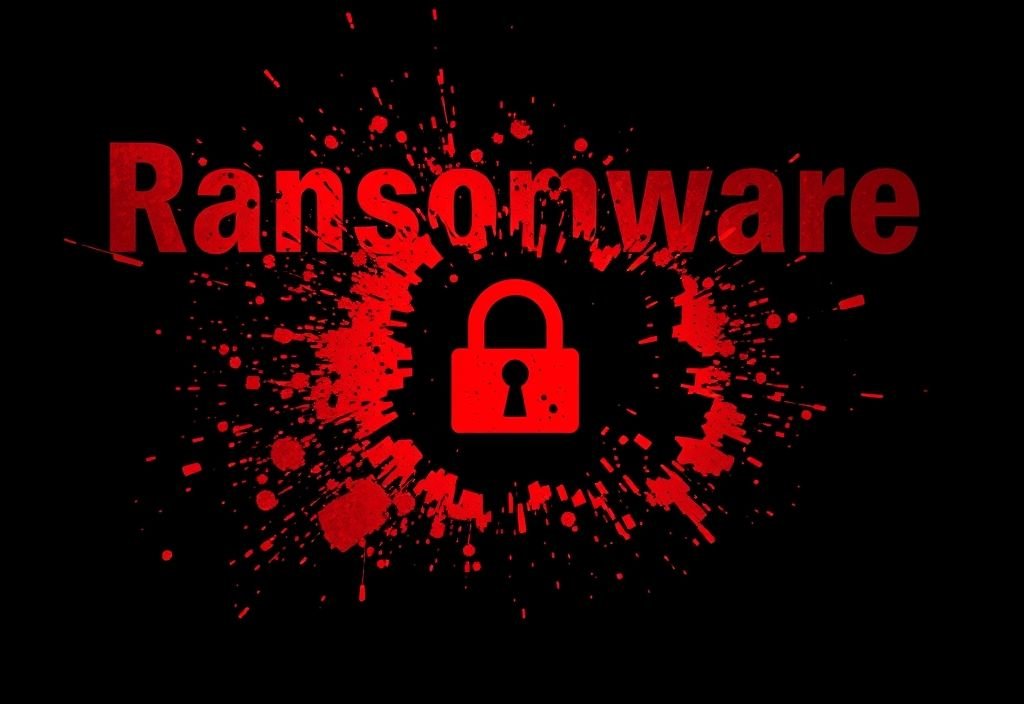How to Reduce the Impact of Ransomware Attacks

How to Reduce the Impact of Ransomware Attacks
What Is Ransomware?
Ransomware is a type of malicious software designed to encrypt your files or lock your system completely. Once infected, attackers demand a “ransom” — usually in cryptocurrency — to give you back access.
It’s not just about technology; it’s also about fear and pressure. The goal is to make you panic and pay quickly.
How Does Ransomware Spread?
Most ransomware attacks start with:
- Phishing emails that appear legitimate but contain dangerous attachments or links
- Malicious websites that exploit outdated software
- Infected downloads or fake updates
Once inside, ransomware spreads fast, locking files using strong encryption that’s nearly impossible to break without the decryption key.
How to Prevent Ransomware Attacks
Prevention is always better than cure. Here are practical steps to reduce your risk:
1. Keep All Software Updated
Updates often include security patches that close vulnerabilities hackers use to enter your system.
2. Use Reliable Antivirus and Anti-Malware Tools
Install trusted security software and keep it updated. These tools can detect and block many ransomware variants before they cause damage.
3. Be Careful With Emails and Links
Don’t open suspicious emails or click on unexpected links. Train yourself (or your team) to recognize phishing attempts.
4. Back Up Your Data Regularly
Store backups in multiple locations — including at least one offline or offsite copy. This ensures you can recover your files even if ransomware strikes.
What to Do If You’re Infected
If you suspect a ransomware attack, act quickly but calmly.
1. Disconnect Immediately
Unplug your device from the internet and any connected networks. This can help stop the ransomware from spreading further.
2. Do Not Pay the Ransom
Security experts strongly advise against paying. There’s no guarantee you’ll regain access, and it encourages more attacks.
3. Report the Incident
Contact local authorities or your national cybersecurity agency. Reporting helps track these crimes and may provide resources for recovery.
4. Restore From Backup
If you have clean backups, you can wipe the infected system and restore your files safely.





